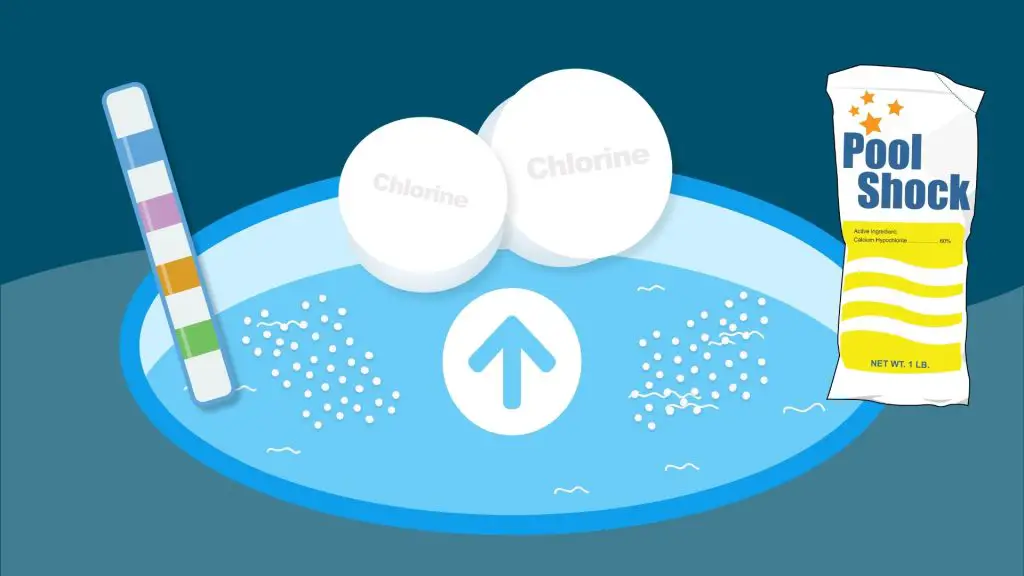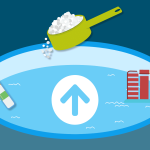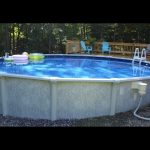Having the correct balance of chemicals in your pool is essential for maintaining a safe and inviting swimming environment. One of the key elements to monitor is the free chlorine level. Free chlorine helps to keep your pool water clean and clear by eliminating harmful bacteria and other contaminants. If you find that your free chlorine levels are low, here are some effective ways to increase it:

Credit: www.h2ouse.org
1. Test Your Water
The first step in increasing free chlorine is to test your pool water to determine its current levels. You can use a pool water testing kit or visit a local pool store to have your water professionally tested. This will give you accurate readings of your free chlorine levels and help you determine the appropriate steps to take.

Credit: www.forbes.com
2. Shock Your Pool
Shocking your pool is a process of adding a high dose of chlorine to rapidly raise the chlorine level. It helps eliminate organic contaminants and restore balance. When you shock your pool, make sure to follow the manufacturer’s instructions on the product label. This will ensure proper dilution and application.
3. Use Chlorine Tablets or Granules
Chlorine tablets or granules can be a convenient way to increase free chlorine levels. They are added directly to your pool water, dissolving slowly over time to maintain a consistent chlorine level. Follow the instructions on the product packaging for proper dosage and application.
4. Adjust pH Levels
An imbalanced pH level can affect the effectiveness of chlorine in your pool. The ideal pH range for pool water is between 7.2 and 7.6. If the pH is too high, chlorine can become less active. If it is too low, chlorine can dissipate quickly. Use a pH testing kit to measure the level and adjust it accordingly using pH increaser or reducer products.
5. Increase Circulation and Filtration
Proper circulation and filtration are crucial for maintaining chlorine levels. Make sure your pool pump and filter system are in good working condition. Run the pump for an appropriate amount of time to ensure the water is being circulated and filtered adequately. This will help distribute the chlorine evenly throughout the pool.
6. Reduce Contaminants
Contaminants such as dirt, leaves, and debris can consume chlorine, reducing its effectiveness. Regularly skim the surface of your pool to remove any debris. Additionally, ensure your pool covers are clean and secure to prevent unwanted debris from entering the water.
7. Use a Chlorine Stabilizer
A chlorine stabilizer, also known as a cyanuric acid, can help prolong the lifespan of chlorine in your pool. It prevents the sun’s ultraviolet rays from breaking down the chlorine too quickly. Follow the recommended dosage on the product label to avoid over-stabilization, which can hinder chlorine effectiveness.
By following these steps and regularly monitoring your pool’s free chlorine levels, you can ensure a clean and safe swimming environment for you and your family. Remember to always adhere to the product instructions and consult with a pool professional if you are unsure about any aspect of maintaining your pool’s chemistry.





